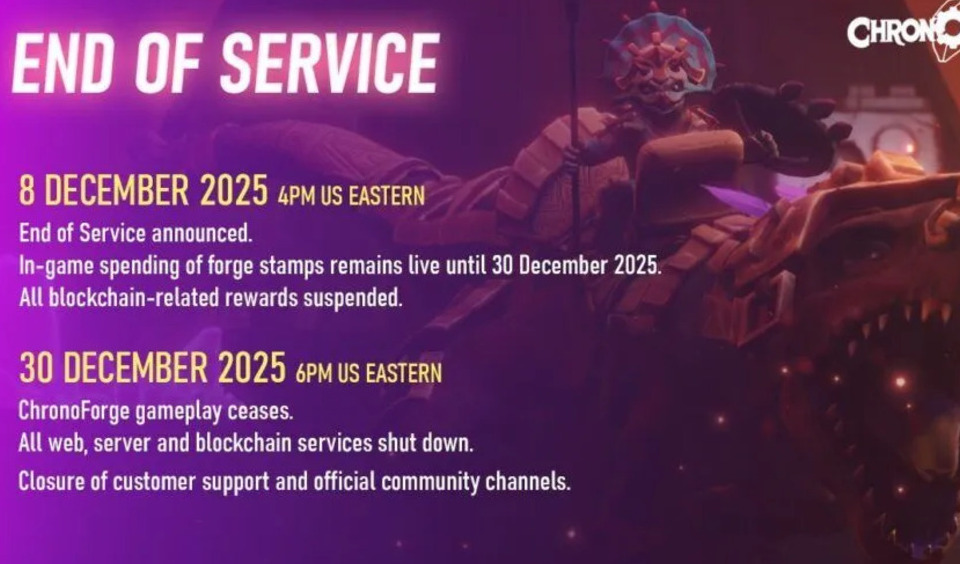According to a recent report by CoinGecko, a staggering 75.5% of Web3 games launched have failed. This high failure rate is indicative of the challenges and risks associated with the nascent field of blockchain-based gaming.
Web3 games, which leverage blockchain technology to offer features such as play-to-earn mechanics and true digital ownership, have seen a surge in popularity in recent years. However, the road to success in this innovative gaming landscape is fraught with difficulties.
CoinGecko’s High Web3 Games Failure Rate Isn’t All Bad
The high failure rate can be attributed to a variety of factors. Many of these projects were launched by anonymous developers with little to no value or discernible purpose. The lack of commitment to these projects resulted in a high rate of failure and their ultimate demise.

However, it’s important to note that the failure of these games does not necessarily spell doom for the Web3 gaming industry. On the contrary, it highlights the experimental nature of the field and the need for more robust and sustainable development practices.
The high failure rate also underscores the importance of due diligence for players and investors in the space. With the promise of high returns and the allure of innovative gameplay mechanics, it can be easy to overlook the risks associated with investing in these games.
Despite the high failure rate, the future of Web3 gaming looks promising. The industry continues to attract significant investment and interest, and successful projects have demonstrated the potential for blockchain technology to revolutionize the gaming industry.
In conclusion, while the high failure rate of Web3 games is a cause for concern, it also serves as a reminder of the risks and challenges associated with this emerging field. As the industry matures and development practices improve, we can expect to see a decrease in the failure rate and the rise of more successful and sustainable Web3 games.






